Joyce Moore’s neighborhood is changing, house by house. A realtor, mother, and former teacher, she’s lived in Meridian-Kessler for 38 years.
The neighborhood is divided into eight zones, and Moore lives in Zone Two – an area bounded to the west by Central Avenue, to the east by the Monon Trail, to the south by 38th Street, and by 42nd Street to the north.
For more than a decade, newcomers have been moving to Zone Two. According to Census data, the zone was 85 percent black and 11 percent white in 2000. In 2012, blacks made up just 63 percent of the population, and whites 27percent.
Moore says changes in Zone 2 – like developers rehabbing homes, and the city putting in new sidewalks are good things. At the same time, she wonders “Why does it have to wait until that critical mass is met before we see anything happen in our neighborhoods?” Most renovations and new residents are on the west side of College Avenue, which divides the zone, but change is coming to the east side too.
When Moore moved into the neighborhood in 1976, she loved that she and her family were part of a tight-knit community. However, she doesn’t feel that way anymore. To understand how she lost that sense of community, we have to go back about 40 years.
When Moore’s youngest son started kindergarten, he went to IPS school 60, just two blocks away.
“We knew most of the people, and you had opportunity to interact with them because the school was the anchor of the neighborhood,” she says. “So you would see the neighbors at the school. The kids had friends walking back and forth to school.”
Soon, all of that changed. In 1973, a federal judge ordered the busing of black students from the inner city to suburban township schools, in order to de-segregate the Indianapolis public school system. Eventually, Moore’s three sons, along with most other black children in the neighborhood, were bused 40 minutes away to Franklin Township. Moore says after busing began, businesses closed, and the neighborhood’s social fabric fell apart.
Residents still held annual alley cleanups, but civic life in zone two didn’t go much beyond that until the “newbies” started moving in.
Like Moore, her neighbor Tony Artis was one of the few African-American members of the Meridian-Kessler Neighborhood Association until a few years ago, when they both left. He says the two of them tried to organize other black residents to improve the neighborhood, but they encountered a lot of apathy. And he understands why.
“One thing you’re confronting is that people are so used to not doing anything, that you gotta find a way to motivate them to believe that they can have an impact,” Artis explains. “They're so beaten down and used to not receiving anything, used to not having their actions acknowledged, that they don't even want to try anymore. “
For Erin Kelley, the zone two representative to the Meridian-Kessler board of directors, social life in zone two is vibrant.
“Zone two is filled with an insanely active group of people,” she says.
Kelley says the newer residents connected through social media. It’s their main method of organizing brunches, plant swaps, block parties, and more.
But to engage as many people as possible, she and other neighborhood organizers spread the word the old-fashioned way too – sticking flyers in mailboxes.
“I can honestly tell you I've been on the front porch of every house in zone two,” she says.
Kelley is white. She says she sees a few black families at neighborhood events, and would love to see more. She knows achieving a diverse neighborhood social life is not easy, for reasons that go back decades, if not centuries.
“Most of Indiana's history has been very white, very protestant, very middle class,” Kelley explains. “And of course in the 1920s Indiana was a state that was run by the Klan. For some older residents in the community that's not just their history, those are their family stories.”
Moore says that because of the history of exclusion, new residents need to “go the extra mile” if they want to include their African-American neighbors. For example: “If you’re gonna have a block party and you have a zone that’s divided down College, do it on the east side of College sometimes,” she suggests.
However, Kelley says it’s difficult to organize a block party on someone else’s block.
“To close down a street you have to petition your block and get enough signatures to close the street down,” she says. “I can't go to a street I don't live on and say ‘Hey, it's gonna be a great idea, we're gonna close your street down for like six hours.’ You need neighbors on that street who can rally their neighbors and get them excited about it.”
Kelley says organizers are considering some new ways to engage more people – perhaps assigning block captains who would knock on doors and introduce themselves to everyone on their blocks. She’s open to suggestion.
At the same time, Moore and Artis are talking about holding a new event on the east side of College Avenue this summer: a celebration on June 19 or Juneteenth, a holiday that commemorates the emancipation of the slaves. Moore would like to organize a block party “where everybody comes together and just relish in freedom. And everybody talks about what freedom means to them. And maybe that's one way we can get a dialogue started,” she says.
Artis says that even if a dialogue on race brings up painful feelings, that’s part of the evolution of Indianapolis. “The things that we're going through now are basically growing pains,” he says. “The problem is a lot of people aren't willing to go through those growing pains. They want everything to stay the same. But change brings pain sometimes.”
Conflict is not always negative, Moore says. Sometimes, it’s a catalyst.
 DONATE
DONATE


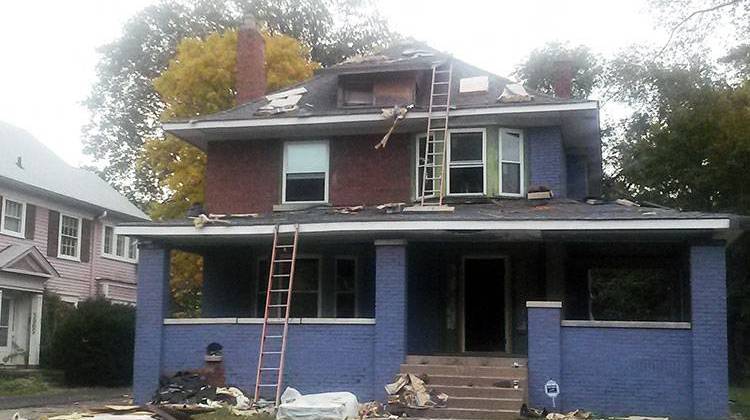
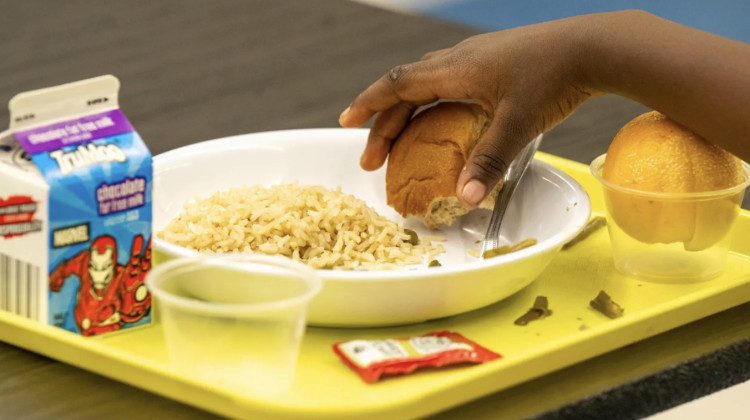
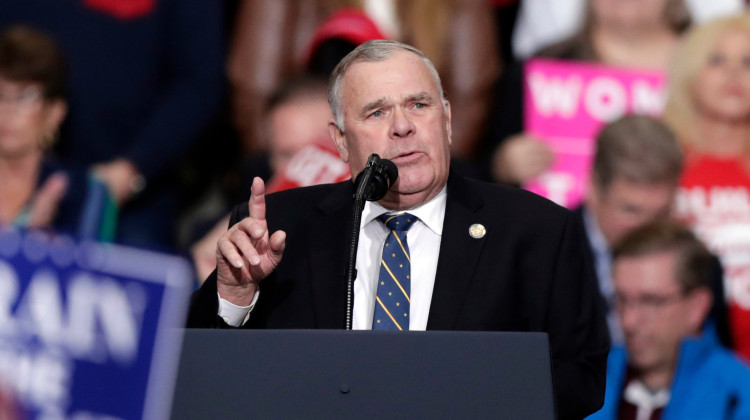
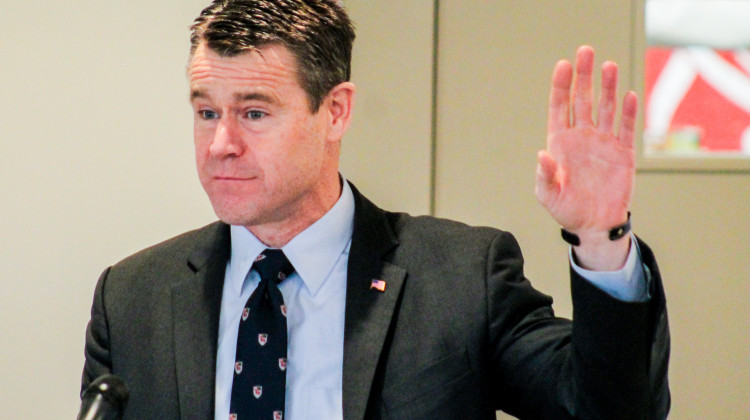
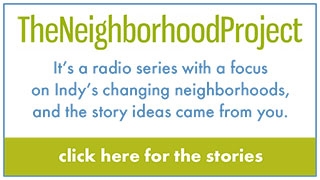
 View More Articles
View More Articles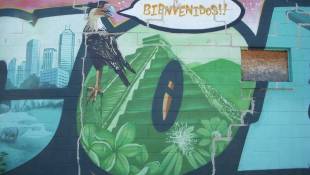
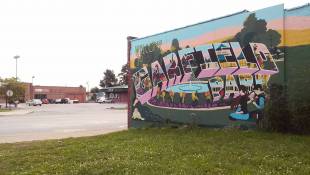
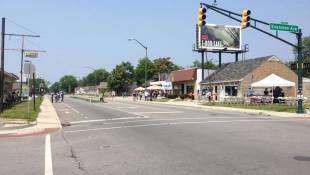

 Support WFYI. We can't do it without you.
Support WFYI. We can't do it without you.